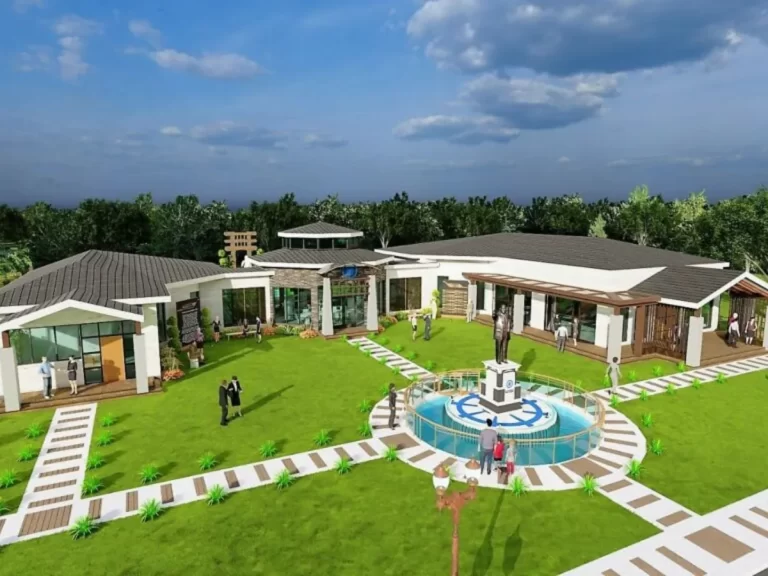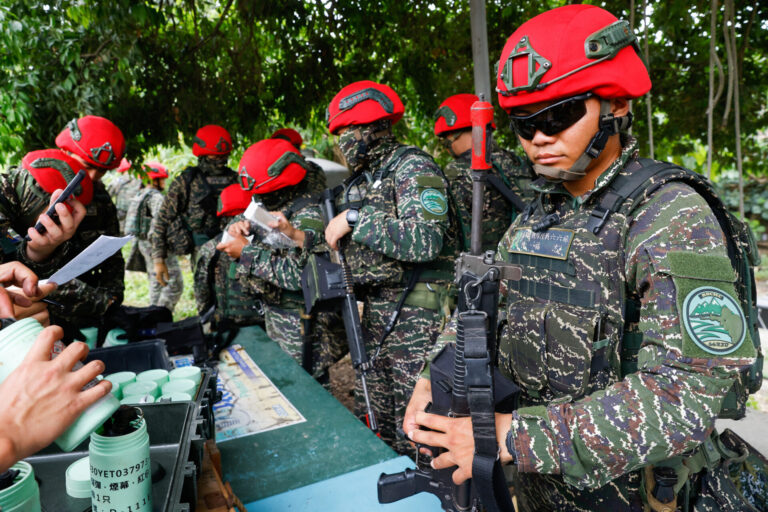The meeting last December 1st in California between the American Secretary of Defense, Lloyd J. Austin III, the British Secretary of State for Defense, Grant Shapps, and the Australian Deputy Prime Minister and Minister of Defense, Richard Marles, was closed with a series of important announcements.
As regards the “first pillar” (Pillar One), i.e. the SSN-AUKUS program for the Australian Navy and the British Royal Navy, the meeting focused on progress in the training of Australian personnel. Additional positions will be made available in American and British schools, in particular the US Submarine School in Groton, the US Nuclear Power School in Charleston, and the Royal Navy’s Nuclear Power School at HMS SULTAN. The first 6 Australian officers have been certified by the US Nuclear Power School with a further 3 to follow from HMS SULTAN in January. Also at SULTAN, the first 2 officers qualified in the Nuclear Operators course, with another 2 to follow. These first elements are the trailblazers of the nuclear component for the Royal Australian Navy. At the same time, on the industrial side, Australian staff have already found positions at Pearl Harbor (US Navy) and Barrow-in-Furness (BAE System), and positions will follow at Rolls Royce in Derby, where the reactors are built.
Next year, for the first time, Australian personnel will begin joining American NHS crews as well as working closely with vessels in Guam and Pearl Harbour. In the second half of the year, a US SSN will receive maintenance in Australia, at HMAS STIRLING naval base, with 30 Australians embarked on the submarine tender USS EMORY S LAND (AS 39).
Furthermore, progress has also been made for the Deep space Advanced Radar Capability (DARC) joint project, a project which sees Northrop Grumman engaged in the development of a radar system capable of maintaining uninterrupted space coverage up to 36,000 km from the Earth’s surface. DARC will be made up of 3 radar sites, one in each country: the first site, in Australia, should be operational as early as 2026, with the 2 British and American sites active by the end of the decade.
Source: RID News







